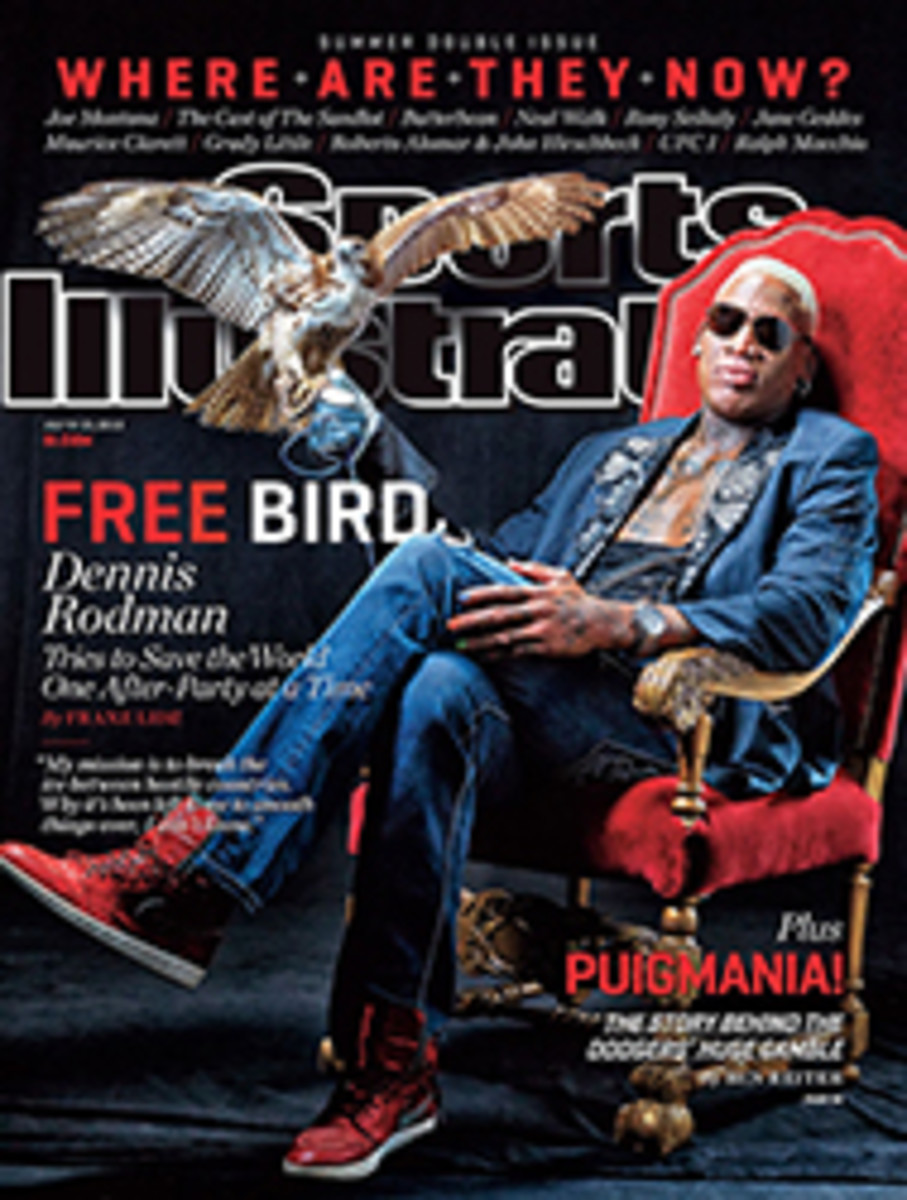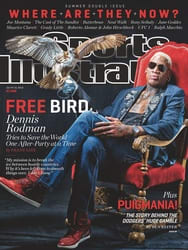
DOUG SMITH
Success had a funny way of finding the guy picked No. 2 behind Hall of Famer Dale Hawerchuck in 1981
In February 1992, Doug Smith was staring at the ceiling of a hospital in Klagenfurt, Austria—a metal halo had just been screwed into his skull to stabilize his broken neck—when he made a pact with himself. After playing nine uninspiring seasons for five NHL teams, he was certain he was finished. And so Smith vowed that in the future, when people asked, "Didn't you used to be a hockey player?" it would be because he had so successfully redefined himself off the ice that his past identity seemed incongruent with his new one.
Now a motivational speaker and the author of two self-help books based on his experiences, Smith, 50, says, "I'm just getting to that point where what I do today is more important than what I used to do."
It has been an uphill battle in Ottawa, Smith's hometown, where he first made a name for himself with the junior league 67s before the Kings drafted him, at 18, with the No. 2 pick in 1981. Taken right after the Jets plucked Hawerchuk (518 career goals), Smith had no trouble getting on the ice, playing 80 games in '81--82. But keeping up with Hawerchuk proved to be another story. Smith struggled with consistency and bounced around the league, clashing with coaches and teammates. "I had a hard time keeping focus," he says, "because I didn't appreciate what I was doing."
Which brought him to Austria. It was there, playing with VEU Feldkirch, that he crashed headfirst into the boards on a dump-and-chase, breaking bones and tearing ligaments in his neck, and smashing two vertebrae. What's worse, a risky surgery in Ottawa damaged his spinal cord, leaving Smith paralyzed from the chest down with a slim chance of walking again. But bit by bit, beginning with movement in a big toe, he regained control of his body, until, four months later, he could walk again on his own.
The road back was arduous—within a year of the operation he suffered a morphine addiction and asked his wife, Patti, to help him commit suicide—but it ultimately proved a gift. "It gave me consciousness," says Smith. As an athlete, he felt his identity had been dictated by expectations; now there was no one else to control who he was or how he felt—"so I had to grab hold of that."
Smith began to study business, human neurology and psychology, and in 2003 he cofounded an Ottawa steel-manufacturing company, where he served as president for two years. Along the way, he formed his own systems for professional and personal success based on the challenges he had overcome, and he drew from those for his writing and for his speeches, of which he gives roughly 100 every year at universities and for Fortune 500 companies.
Smith admits that there are times when he wonders what it would have been like to have played in the NHL with the clarity of mind that he has today, but he always comes to the same conclusion: "When I was playing, I was never as happy as I am today. This is who I am."
PHOTO
ANDRE RINGUETTE FOR SPORTS ILLUSTRATED (SMITH NOW)
PHOTO
B BENNETT/GETTY IMAGES (THEN)
DIG, DOUG! As a rookie in 1981, Smith played in 80 games for L.A., scoring 16 goals. It would be the most action he got in any of his nine seasons.
ILLUSTRATION

